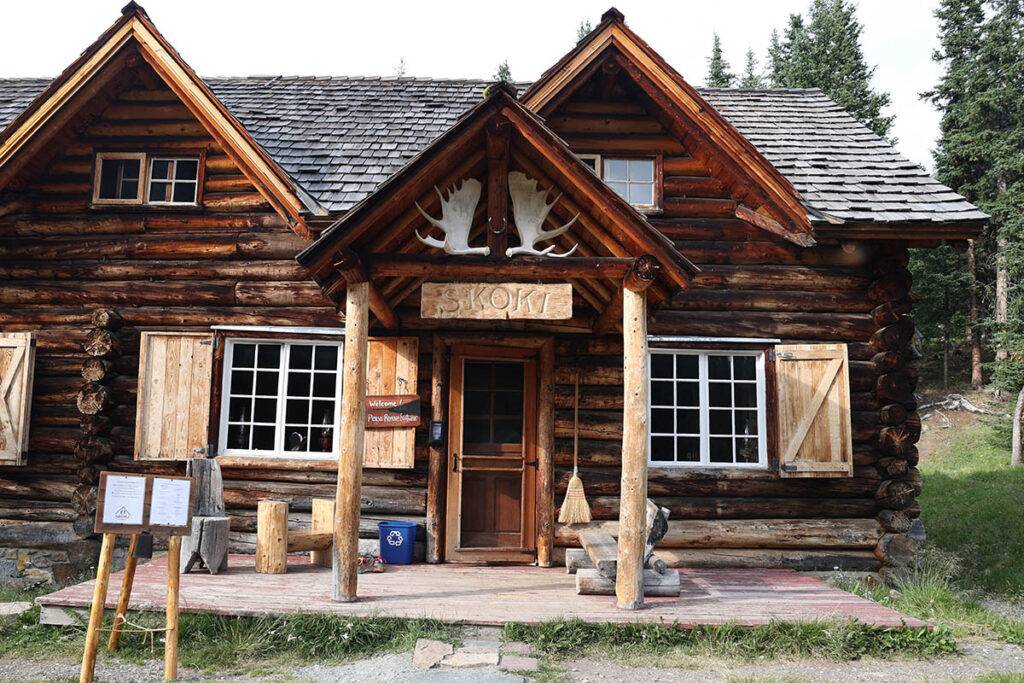Lake Louise History
The first recorded visit to Lake Louise by a white man was in 1882; Stoney and maybe Blackfoot people had visited previously. During the summer of that year, Tom Wilson was working for the CPR as a packer. Wilson shared his camp at the confluence of the Bow and Pipestone Rivers with a group of Stoney, including Edwin “Gold Seeker” Hunter. Sitting around a campfire in the rain, they heard the distant rumblings of an avalanche and he was told that the noise originated from the “lake of little fishes.” The following day, August 21, 1882, Hunter led Wilson to the lake.
By early 1883, construction of the railway reached what is now the village of Lake Louise, and a construction camp unofficially known as Holt City sprung up in the wilderness on the valley floor below the lake.
In the 1880s, a couple of small wooden hotels had been built on the valley floor beside the CPR rail line, but Lake Louise itself was a complete wilderness. As tourists began arriving, a few small hotels were built and winter sports started with the construction of Skoki Lodge.

Skoki Lodge.
Fairmont Chateau Lake Louise History
As well as large hotels such as the Banff Springs, the CPR envisaged chalet-like hotels in more remote destinations, leading to the construction of a two-bedroom cabin on the shoreline of Lake Louise in 1890. According to the CPR register, just 50 guests stayed overnight in the 1890 summer season. In 1893, the original building was replaced by a larger chalet, to which a second story was added in 1895. By 1899, two wings had been added and in 1902 a four-story Arts and Crafts-style extension designed by Francis Rattenbury was completed. By 1911, Rattenbury’s full design was finished—a 120-room hotel unified by Tudor Revival elements such as a steeply pitched roof and elaborate gables. Rates were $3.50 to $5 per night and transport by horse-drawn carriage from Lake Louise Railway Station was $0.50.
In 1912, construction began on a five-story Italianate-style annex designed by Walter Painter. Just over a decade later, on July 3, 1924, the wooden portion of the hotel burned to the ground. It was replaced by an imposing concrete wing that complemented the Painter annex. Now with 386 guest rooms and over 400 staff, the hotel’s name was changed from the Lake Louise Chalet to Chateau Lake Louise.
Lake Louise History Book
The best Lake Louise history book is Lake Louise Past to Present by Summerthought Publishing. The book tells the story of the human history of Lake Louise. It also includes a colour map, a photo gallery showing the evolution of the Fairmont Chateau Lake Louise, and another gallery dedicated to paintings and photography stretching from the 1890s to the present day.
